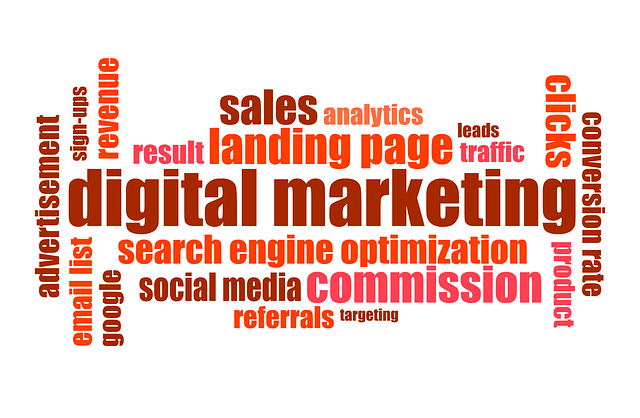AI image recognition technologies have dramatically transformed industries, particularly in food service and manufacturing, by ensuring consistent plating presentation and quality. Leveraging machine learning algorithms, these systems analyze visual data accurately, detecting dish arrangement, item identification, positioning, and comparing against standards. Real-time feedback allows for immediate corrections, enhancing customer satisfaction and streamlining operations. Computer vision applications include defect detection, dimensional measurement, anomaly identification, optimized inventory management, and enhanced user experience through visual search capabilities. With increasing computational power, AI image recognition technology promises advanced applications in medical imaging, autonomous driving, and surveillance, further improving efficiency, reducing errors, and informing decision-making across sectors.
“Explore the transformative power of AI image recognition in business through computer vision applications. This article delves into how advanced algorithms enhance plating consistency, revolutionizing food service and retail industries. We uncover key uses of computer vision, from quality control to inventory management, showcasing its immense benefits. Additionally, we discuss the future prospects of AI in image analysis, highlighting its potential to streamline operations and drive innovation across sectors.”
- Understanding AI Image Recognition for Plating Consistency
- Key Applications of Computer Vision in Business
- Benefits and Future Prospects of AI in Image Analysis
Understanding AI Image Recognition for Plating Consistency

AI image recognition technologies have transformed various industries, and one area they’ve significantly impacted is plating consistency in businesses. By leveraging machine learning algorithms, AI systems can analyze and interpret visual data with remarkable accuracy. This capability is crucial for ensuring consistent food presentation and quality in restaurants, cafes, and catering services.
For instance, AI image recognition can be used to check the arrangement and aesthetic appeal of dishes on a plate. The system can detect and identify different items, assess their positioning, and compare them against established standards or best practices. This real-time feedback enables immediate corrections, ensuring that every plated meal meets the desired quality criteria. Consequently, businesses can maintain high standards, enhance customer satisfaction, and streamline food service operations.
Key Applications of Computer Vision in Business

Computer vision has emerged as a powerful tool for businesses across various industries, revolutionizing operations and enhancing decision-making processes. One of its key applications is AI image recognition for plating consistency, which ensures quality control in manufacturing and retail sectors. By analyzing visual data, computer vision algorithms can detect defects, measure dimensions, and identify anomalies in products, ensuring they meet the required standards before reaching consumers.
This technology also finds extensive use in inventory management and supply chain optimization. Computer vision systems can automatically track and categorize products within storage facilities, streamlining the replenishment process and reducing human error. Additionally, it aids in visual search capabilities, allowing customers to find specific items using images, thereby enhancing the overall shopping experience.
Benefits and Future Prospects of AI in Image Analysis

The integration of AI in computer vision has revolutionized image analysis, offering numerous benefits across various industries. One of the most significant advantages is the ability to achieve plating consistency in food production and retail. AI algorithms can inspect products with remarkable accuracy, ensuring every plate or packaging meets quality standards. This technology identifies defects, foreign objects, and variations in color or shape, allowing for efficient quality control.
Looking ahead, the future prospects of AI in image analysis are promising. As computational power increases and models become more sophisticated, AI systems can handle complex tasks such as medical imaging diagnostics, autonomous driving, and advanced surveillance. The potential for improved efficiency, reduced human error, and enhanced decision-making processes is immense. With continuous advancements, we can expect even more precise and reliable AI image recognition capabilities, shaping the way industries operate and setting new standards for consistency and accuracy.
AI image recognition for plating consistency has transformed various business operations, offering enhanced efficiency through computer vision applications. From improving product quality control to streamlining production processes, these technologies are revolutionizing industries. The key applications of computer vision in business, coupled with the benefits and future prospects of AI in image analysis, indicate a promising trajectory. As we navigate the ever-evolving digital landscape, leveraging AI for plating consistency will undoubtedly continue to foster innovation and drive success across sectors.
